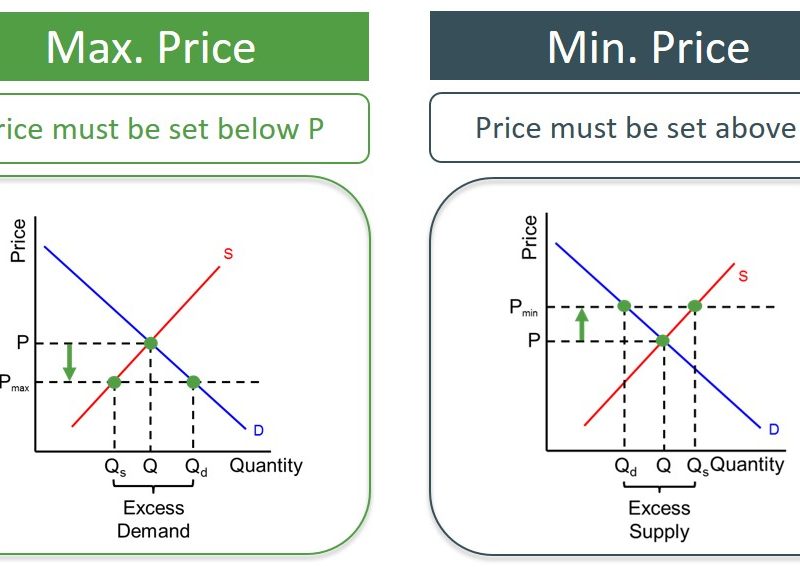I once heard of the story of two different marketers sent to market foot wear in a country where they don’t wear shoes. The first marketer picked up his phone and said to the boss, please send back the containers we can’t sell shoes here as no one wears them, but the second marketer instead saw great opportunity saying “they don’t know what shoes are here, please increase the number of containers, I am preparing an eye catching campaign to educate them on the importance of wearing shoes. In my opinion both marketers are right, as a person will never perform beyond their belief system – those set of principles that help us interpret our everyday realities. Let’s take a peep into what this super sensitive topic of price control for our printing industry means… note that from talking to people I have been able to identify two distinct school of thoughts; A group believes that every business has a different cost factor, meaning after computing my cost and adding my margin, I am not expected to be priced like my competition, after all I add more value (investing in the latest technology and all clients smile when they see the crisp output that I deliver). Under this category are some who have in the past agreed with contemporaries on what price to sell but have been frustrated because people are not just faithful to the agreement. This group feel that price control may be enacted with the best of intentions but what happens in the actual sense is that we end up only struggling to overcome the economic forces of supply and demand for any significant length of time. Talking about a cup of water this group feel the cup is half empty. The other group will tell you that the cup is half full… They will use the vulcanizer example, they will also use government fixing the price of an essential commodity like Petroleum product that also have different cost factor, for instance someone transporting to kano will have incurred more expenses than those transporting to a neighbourhood near the source. They even argue that the concept of minimum wage is also a kind of price control. They can also look at buses and taxis in Lagos and their pricing which is similar irrespective of the type of vehicle and make a strong case for price control.
The thing is that the issue of pricing is sweet and sour, and even as difficult as the task may seem we can learn a few things from the sectors that have successfully achieved this and apply in the printing industry to save our investment. Agreeing that we need to do something about pricing is key: Once upon a time, apprenticeship started disappearing, the boys prefer to ride okada’s or be bus conductors in exchange for daily money than staying put at a vulcanizers workshop for years learning the trade and getting handouts once in a while. The bosses who have become used to having their apprentice do the job while they supervise found themselves doing their tedious job of removing the tyres, rolling them to the workshop, patching them and rolling back to fix on the cars. This period also coincided with a previous world depression, this business owners saw that they were living from hand to mouth. They had to agree on two things. The first is redeeming the integrity of their trade, make it attractive to the younger generation that have been lost to the “quick money syndrome” while the second need was to shove up their profit margin. Price control came in handy! But notice that the group agreed. Our case is even worst in the printing industry because our equipment are capital intensive, unlike the vulcanizers we are re-paying loans at unfair interest rate, our trade is more technical and our mouths are already wide (that’s for laugh!) Price control method: Controlling price can either be by Price floor (agreed minimum price) or Price Ceiling (Agreed maximum price), where we can agree on the minimum price for impression for example so that those with higher expenses can sell for more than the minimum price and continue to attract customers with their competitive advantages. The ideal situation is to allow the free market dictate the price and this will happen if we allow professional printers make enough margin to position their business to add more value, by so doing we are closing the gap between professionals and quacks and also allowing a balance between supply and demand. In a professional legal setting we don’t expect that a SAN will charge the same amount as a new barrister but the community has a choice to choose either a new barrister or a SAN depending on the technicality of the case, but again at their various categories they do have a minimum charge ceiling. Government factor: The government here is that body, many times serves as a neutral one and ensures there is compliance with whatever price regime is agreed upon. In the vulcanizer case, the weekly meetings are compulsory and any member not complying are immediately sanctioned. In the case of the transporter, the Road transport workers union have organized themselves and agreed on prices to various destination and all members must comply. An industry like ours shouldn’t have a problem with self-governance, especially because we have the Chartered Institute of Professional Printers (CIPPON), a tool which can be our rallying point for self- governance. In conclusion, that you think the cup is half full or half empty is immaterial, what is important is that a controlled price for a season will help us cultivate a culture till we are able to allow the free market forces dictate prices. How we will go about this is in our hand. We must keep talking till we find what works for us as an industry… Thoughts from: Akin Oduwole CE @ Technology Global




